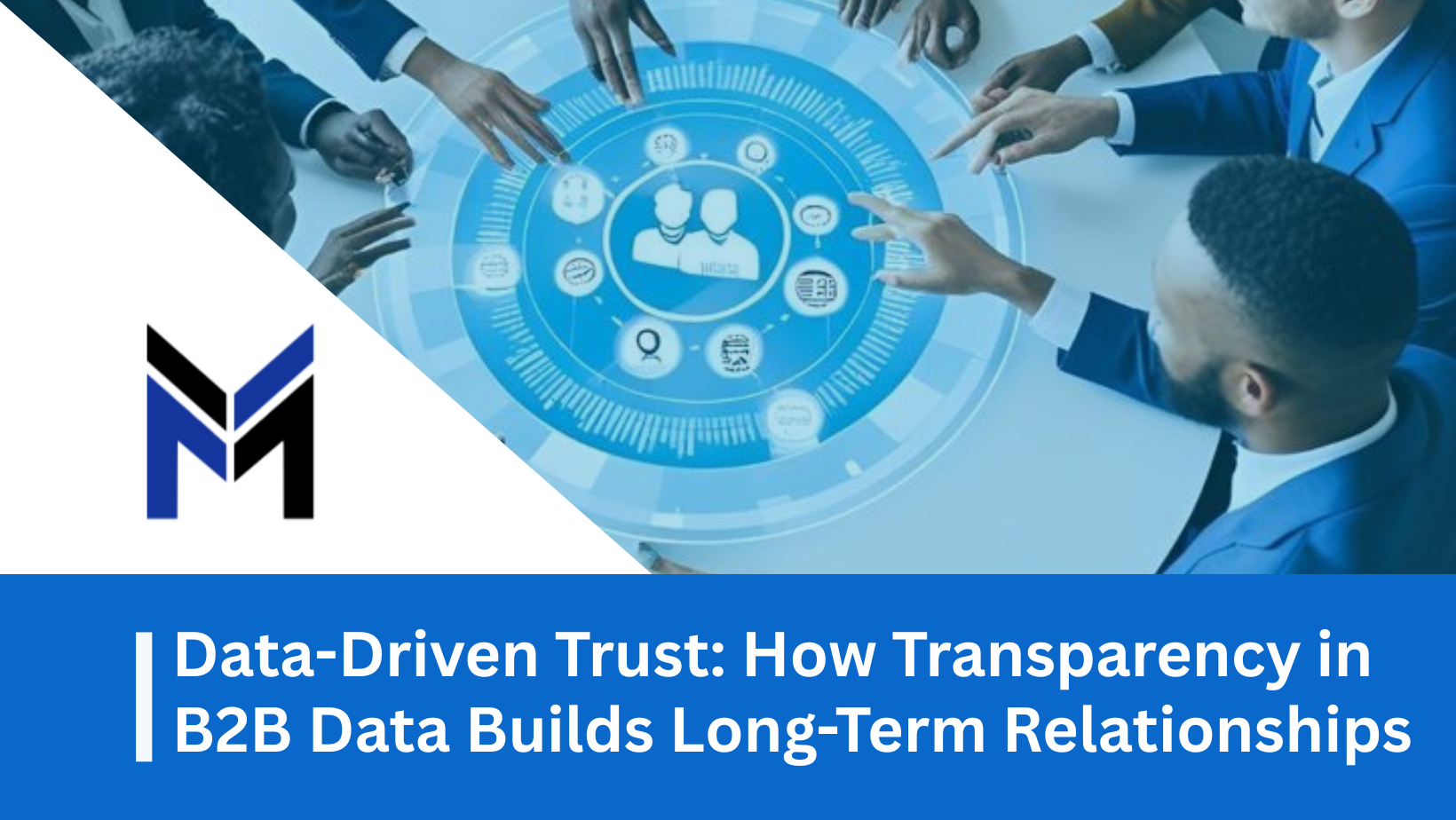Creating great business-to-business leads is not a luxury in the competitive world of finance; it is a need. Finding the proper business clients is essential to long-term success, regardless of your company’s type—wealth management, investments, fintech startups, or corporate lending. But here’s the problem: financial services require a great deal of trust, have huge stakes, and have lengthy sales cycles. But how can you cut through the clutter and produce leads that convert?
This post explains clever, cutting-edge, and contemporary lead-generating tactics designed especially for financial institutions. Just strategies that work, no nonsense.
1. Define Your Ideal Client Profile (ICP) with Precision
Start by establishing your Ideal Client Profile (ICP) precisely before moving on to campaigns or tools. Although this step is crucial, it is frequently hurried.
Your ICP should provide answers to queries such as:
- What sector do they work in?
- What is the revenue and size of their business?
- Which person—the CFO, COO, or head of procurement—makes the purchase decisions?
- In what ways are they attempting to address financial issues?
Assume you are providing mid-market banks with risk assessment services. That is not the same as providing capital management for SaaS firms. It is necessary to adjust the method, platform, and messaging appropriately, especially when utilizing resources like talent leadership contact data to ensure targeted communication.
2. Invest in Thought Leadership (But Make It Useful)
Credibility is key to the success of financial services. In-depth articles, webinars, industry reports, whitepapers, and other thought leadership content are some of the finest methods to gain that trust.
The problem is that it needs to be truly helpful. Rather than generic “Top 5 Investment Tips,” clients prefer actionable insights that are pertinent to their business.
A few examples include
- An article on “How Tech Startup CFOs Can Optimize Capital Allocation”
- A webinar with the topic “Comprehending Regulatory Risk in International Financial Transactions”
- A series of blogs about “Emerging Markets’ Private Equity Trends 2025”
Content of this kind presents your company as an informed partner rather than merely a supplier.
3. Use LinkedIn as a Strategic Prospecting Tool
Although LinkedIn is frequently misused, it is an incredible resource for generating B2B financial leads. Using a sales pitch via cold messaging rarely succeeds.
Instead:
- Enhance your company’s and employees’ professional, transparent, and value-driven profiles.
- Provide your target audience with enlightening content that speaks to them.
- Utilize LinkedIn Sales Navigator to create personalized prospect lists based on region, industry, title, and other criteria.
- Before submitting a proposal, interact with your target audience by leaving comments on their articles, sharing their content, or wishing them well on their accomplishments.
When used effectively, LinkedIn transforms into a lead generation tool rather than simply a networking platform.
4. Leverage Email Marketing — the Smart Way
Email still works — if it’s done with care. The average professional, especially top-level executives, gets dozens of cold emails a week, so standing out takes strategy.
Tips for successful email marketing campaigns:
- Customize the first sentence by mentioning a recent post, corporate news, or an industry-specific topic.
- Don’t exceed 100 words, and keep it concise and value-focused.
- Add a call booking, resource download, or other obvious call to action.
- Tailor your messages by segmenting your list according to positions, industries, and behavior.
- Instead of coming off as robotic, use automation technologies (such as HubSpot or Mailchimp).
Build Partnerships and Referral Pipelines
Some leads originate from relationships; not all leads come from marketing. Financial organizations can gain a lot from collaborating with referral networks or supplementary providers.
Consider:
- consultants, law companies, and accountants that cater to the same business-to-business market.
- Fintech platforms that offer distinct products but share customers.
- events or trade shows that bring together your ideal customers.
- The conversion rate of a warm lead from a reliable partner is significantly higher than that of a cold lead from an advertisement. If at all possible, codify referral arrangements and strengthen those connections.
6. Use Data and Intent Signals to Time Your Outreach
Time is everything. If a corporation is reassessing its finance processes at the time of your outreach, you’ve struck gold. How can you tell when that’s taking place, though?
Here’s where intent data is useful.
Tools such as Google Alerts, 6sense, or Bombora can notify you when a business:
- Is looking for comparable services
- has viewed particular pages on your website
- Has made intentions for expansion, mergers, or funding public
Use this information to initiate targeted, timely outreach. Your message is more likely to be successful and more relevant as a result.
7. Align Sales and Marketing
Finally, ensure that your sales and marketing teams are closely coordinated. Particularly when targeting contacts from an executive decision-maker database, sales should provide input on the quality of leads, and marketing should be aware of the kinds of leads that sales desires. Regular team communication, shared KPIs, and a consistent language will greatly enhance your B2B lead generation results.
Conclusion:
For financial organizations, generating B2B leads involves more than just cold outreach and blasting communications. Reaching the right people at the right time requires a thorough understanding of your audience, constant value delivery, and the use of astute tools and tactics.




